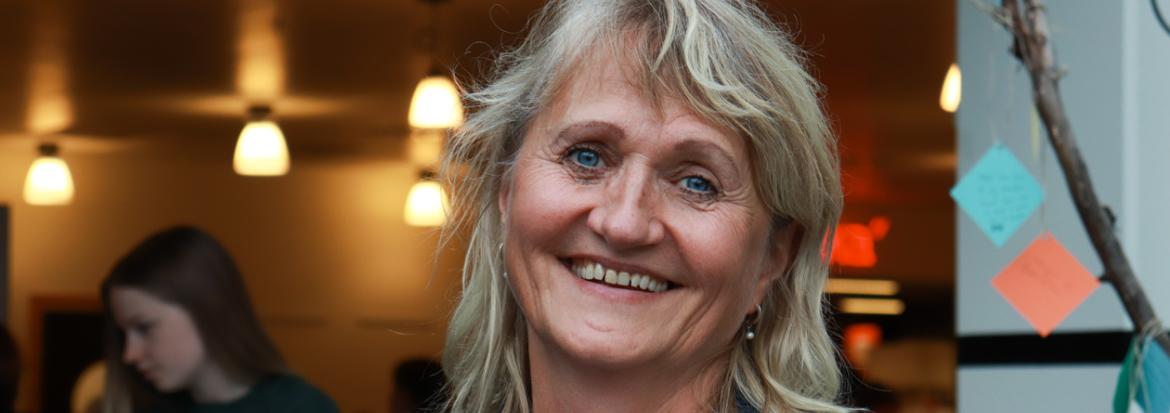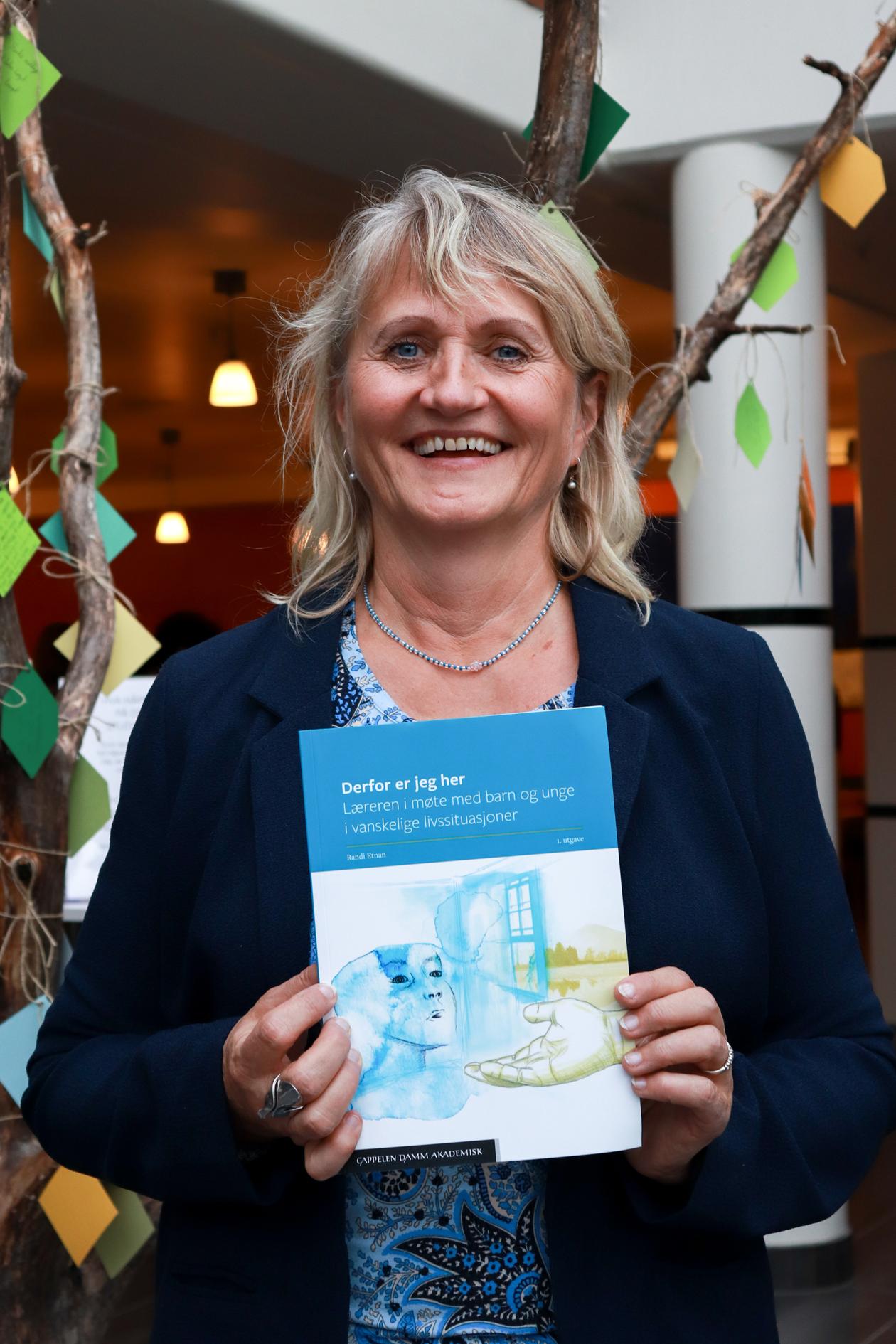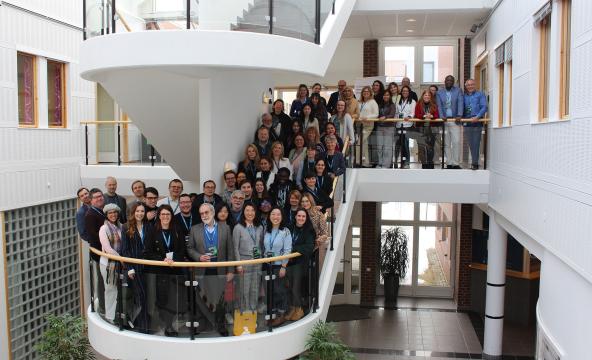
We are sitting in the gray area at Nord University in Bodø. Randi Etnan is going to talk about her textbook Derfor er jeg her – Læreren i møte med barn og unge i vanskelige livssituasjoner (see fact box).
Etnan has been working on this pedagogical textbook for six years. Here she writes about the teacher's role in dealing with children living in difficult life situations.
"Research says that it takes an average of 17 years from the time an abuse occurs until the person speaks out about it. Some wait until they are over 50 to tell anyone. I've wondered why that is," Randi Etnan says. She is a former university lecturer at NTNU and now an advisor at Nord University in Levanger.
Etnan believes that there must be interdisciplinary collaboration between teachers, nurses, psychologists, and others to take care of children in need of support.
Must be met with an open door
"A little boy or girl depends on the teacher accepting what they say the first time they try to put into words what has happened to them. Otherwise, that door will usually be closed again," she says.
If the child is met with no understanding, they may not dare to open up about the abuse. So, the encounter with this teacher is extremely important.
"Why is it important to have a secure relationship with an adult?"
"You can imagine a small child living in a home where the parents are addicts or where the children are subjected to neglect. In one moment, they tell the child that they love them. Afterwards, they abuse the child, ignore them, or subject them to other forms of psychological or physical violence. The child has not learned to build a secure relationship with their parents," Etnan says.
A little boy or girl depends on the teacher accepting what they say the first time they try to put into words what has happened to them. Otherwise, that door will usually be closed again.
Randi Etnan
Then the teacher may be the only adult who is there and sees, and who can tell the child that they can be trusted.
Etnan talks about the origin of the word "health."
"It doesn't come from the English word "health," but from the ancient Norwegian word "heil," which means "to heal." The teacher should not come in and be everything for the child, but they should have an open gaze. As a teacher, you must know that no one is just what you see."
The teacher should not stand alone
Etnan emphasizes the importance of the teacher not standing alone in taking care of a child in need of extra care.
She says: "A question I've been asked repeatedly by teacher students is:"
"Randi, there is an area within teacher education that lacks literature and knowledge. What should I, as a trained teacher, do when I encounter a child or teenager who is not doing well or struggling with something? When should I make contact? Who should I ask or collaborate with? What should I do if an eight-year-old named Ane comes to me with a tear on her cheek?"
What should I, as trained teacher, do shen I encounter a child or teenager who is not doing well or struggling with something?
Teacher student
Everyone should have an action plan

She explains that teachers must know that the obligation to report supersedes the duty of confidentiality.
"Everyone working with children primarily has a responsibility to report if something is not right," Etnan says.
The teacher can say to the child:
"You can trust me. I'm here for you. But what you're telling me is so painful that I can't keep it to myself. It's heavy for me too. I need to go to a nurse or a psychologist and tell them about what you've experienced so that we can get you out of this situation."
Etnan says that there must be interdisciplinary collaboration between teachers, nurses, psychologists, and others to take care of children in need of support.
"All schools and kindergartens should have an action plan for how to do this," she concludes.
You can trust me. I'm here for you. But what you're telling me is so painful that I can't keep it to myself. It's heavy for me too.
About the Book
The book "Derfor er jeg her - Læreren i møte med barn og unge i vanskelige livssituasjoner" is published by Cappelen Damm Akademisk. It is designed as a textbook for the master's program for primary school teachers at Volda University College.
"I see the advantage of gathering more knowledge and competence in book form – making it more accessible for students in one place. The texts are lively and personal, using cases and links to multimodal additions. I have great faith that the book will be able to meet the need for a more comprehensive knowledge base in master's thesis work," Torhild Høydalsvik writes. She is a professor of pedagogy at Volda University College.
The book includes QR codes with links to videos where well-known Norwegian actors voice the voices of struggling children and youth. The QR codes are intended to help the reader empathize with the situations of children and youth.








